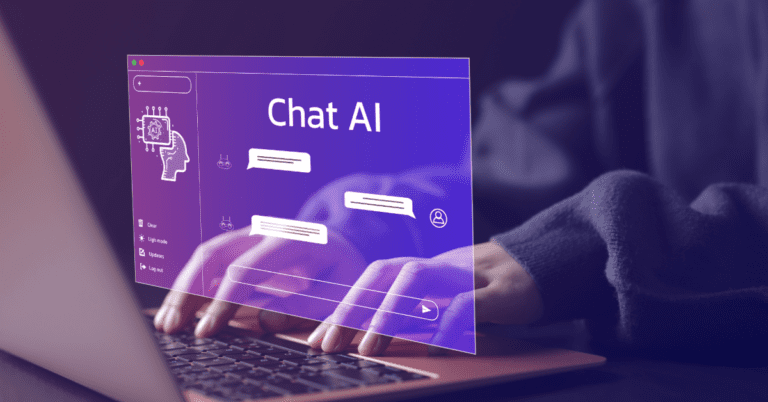
Mobile technology has changed how we behave, from how we communicate with friends to how we consume news and information to how we shop for and purchase products. And the trend is skyrocketing. According to Flurry Analytics, mobile app usage grew by 76% in 2014, and shopping apps on iOS and Android increased an incredible 174% year-over-year—220% on Android alone.
Enterprises have clearly seized upon the opportunity to leverage mobile technologies to connect with consumers, especially in retail. But another sizable opportunity is ripe for attention: using mobile technologies to connect with an organization’s own employees, offering new ways for employees to feel better about the work they do and strengthen their commitment to the organization.
Corporations enjoy more success when their employees are engaged
Investment in employee engagement can produce a sustainable competitive advantage. Gallup, the leading researcher for employee data, concluded in a meta-analysis of 1.4 million employees that organizations with a high level of engagement report 22% higher productivity. (Gallup defines “engaged” as “involved in, enthusiastic about and committed to their work and workplace.”) In addition, highly engaged organizations have double the rate of success of lower engaged organizations, as well as lower rates of absenteeism and employee turnover. Engagement also improves quality of work and health, with higher scoring business units reporting 48% fewer safety incidents. The ratio of engaged to disengaged workers even correlates strongly with earnings per share.
More and more, employees are interested in defining their motivation to work by more than just their paycheck. Workers want to feel they’re in control, to have more opportunities to learn, to be part of a winning organization, and to connect with something greater than themselves. Toward this end, companies like Bunchball focus on intrinsic motivators that have the most impact on their employees — autonomy, mastery, purpose, progress, and social interaction.
Millennials constitute a growing segment of the workforce and, according to a recent Gallup study, they are the least engaged employee group at corporations, at a lowly 28.9% in 2014. Gallup further notes that “millennials are particularly less likely than other generations to say they ‘have the opportunity to do what they do best’ at work.”
But it’s not just millennials. In the same 2014 study, Gallup found that 51% of all employees are “not engaged” and even worse, 17.5% were “actively disengaged” in 2014. It comes as no shock that employers are struggling with employee loyalty and the costs of employee turnover.
Ultimately, success or lack of success in business will be determined by how well a company keeps its own employees engaged and enthusiastic. Thus, mobile technology presents a tremendous opportunity for enterprises to weave a new engagement fabric throughout the workforce. The intimacy, immediacy and relevancy of mobile technology allows for small, satisfying, targeted interactions that provide value at just the right time.
Here are just a few scenarios to demonstrate how enterprises can use mobile technology for employee engagement:
1) Pushing corporate information to employees on mobile apps as opposed to memos
Employees currently receive notices regarding important company announcements in cluttered email inboxes—or even on posters passed around on paper or nailed to break room walls. Imagine if there was a company app for employees that notified workers of announcements and new policies right on their personal mobile devices and provided instant access to documents and forms. These notifications could be extremely personalized and relevant, helping employees to feel more engaged and less overwhelmed by organization noise.
2) Sharing best practices with other employees on a company’s social media app
This idea for an employee-centric app is particularly compelling for companies with employees dispersed throughout multiple locations. A field agent can share a sensational hook that is really working to sell a new product. A bartender or barista can share a cool new drink concoction with other bartenders and baristas. The reason to share might come from a motivation to help others, as a demonstration of mastery, or a result of financial incentives or other rewards. Either way, both the company and its employees experience a tangible benefit.
3) Engaging and updating employees on community initiatives like fundraisers
Suppose an organization hosts a canned food drive, but employees can’t see how much has accumulated because the donations are stacked in a storeroom of an office building. A mobile app with a real-time interactive counter can push personal and immediate updates to employee mobile phones along with encouraging notes and challenges. Suddenly, contributions have more context and employees feel like they’re a part of something bigger. This can be applied to any charitable act, such as holiday giving trees, or something more competitive, like individual fundraising as part of a team effort. Collectivism becomes extremely important in these contexts, especially considering it’s not often a factor in the workplace.
Become an early adopter or wait on it?
Despite the skyrocketing popularity of smart devices, few companies have taken concrete steps to embrace their potential to transform internal communications and business practices. This reluctance feels similar to the hesitancy companies showed in embracing websites in the mid-1990s, but the Internet did not go away, and neither will mobile.
If you need a success story to convince you of the usefulness of mobile technology in the workplace, there’s one in the airline industry. Nearly all flight manuals and navigation charts are now available in digital form on iPads for pilots to access and use in the cockpit, replacing 25–50 pounds of paper formerly carried to and from every flight. This practice, first adopted by Alaska Airlines, and then to a greater extent by American Airlines, is now becoming standard in the industry. Additionally, Boeing recently made airplane maintenance manuals available on iPads, making it easier for workers to perform their tasks and improving productivity in the process.
In the same way that airlines followed the lead of Alaska and American in lightening the load for their pilots, once a few high-profile companies begin to leverage mobile technologies for employee engagement in other useful ways, competitors will scramble to follow suit. With mobility, technology and psychology are converging to form a gargantuan opportunity for organizations. Sustainable competitive advantage is the prize, and right now it’s totally up for grabs.




